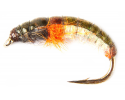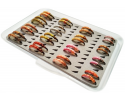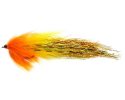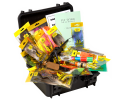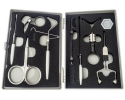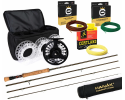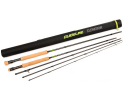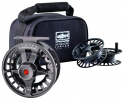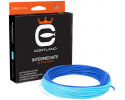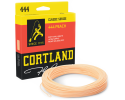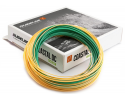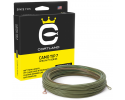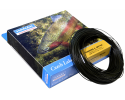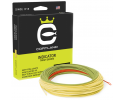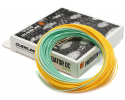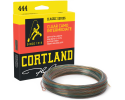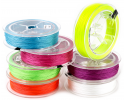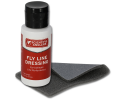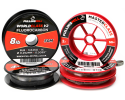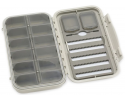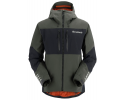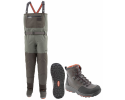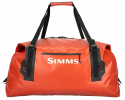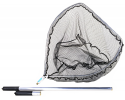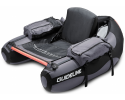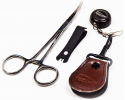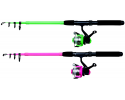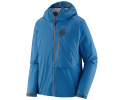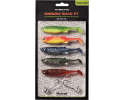With a name like Titan, this line promises big things. Luckily, it does more than deliver. The SONAR Titan Full Intermediate fly line is designed to manhandle even the largest flies, and with its intermediate density, it allows you to fish your most heinous flies just below the surface. Right where they need to be.
Feature:
- Excellent turnover due to short, powerful head
- Slow sink rate gets flies just below the surface
- For temperate climates
- Braided multifilament core
- Sink Rate: 1.25 ips (Intermediate)
Care:
- You think your floating line isn’t floating as well as it used to do, or isn’t as slick as it used to be? The reasons and the ways to fix this are probably pretty simple.
- Lines float because they are lighter than water, and because they are hydrophobic; they repel water. For lines to float their best, both of these features need to be working. The density of your line won’t change, it won’t absorb water and become waterlogged and sink, but if it gets dirty it won’t repel the water well and it will float lower in the surface tension and may get pulled under now and then. The key to good flotation is keeping your lines clean so the hydrophobic surface works.
- Cleaning with soap and water on a cloth removes most of the dirt, but cleaning pads work even better. Properly cleaned, your lines will float better, cast better and last longer, certainly a good trade-off for a couple of minutes of line maintenance.
- To use the cleaning pad, pinch the pad over the line so that the abrasive, non-foam side touches the line. Pull the fly line through the pad under some tension. Repeat this process until some of the fly line color is visible on the pad.
- Clean your lines every 2-3 outings, or anytime you think dirt is hindering their performance. The cleaning pads are easy to carry in your vest or tackle bag and can be used anytime, wet or dry.
- Note that flyline dressing can be used to reduce friction during competition- or practice casting scenarios, but we don’t recommend it for fishing.

























































